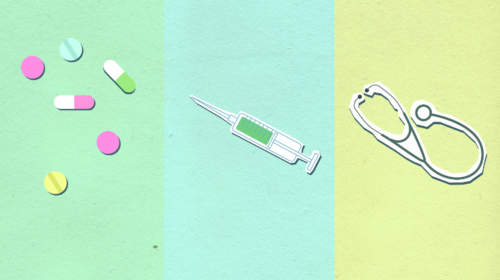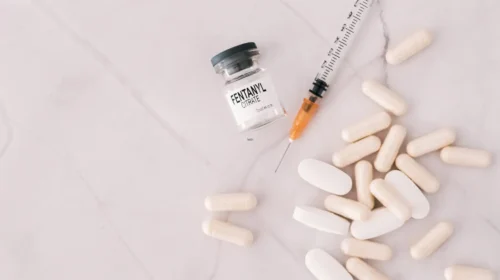At this year’s Sundance Film Festival, director Stanley Nelson premiered his latest documentary project Miles Davis: Birth of the Cool. The film is, at once, blistering, raw, celebratory and brilliant: a perfect encapsulation of the jazz trumpeter and creative visionary’s prolific life. One of the glaringly painful yet illuminating elements of the piece is how the racist and bigoted environment of the Jim Crow South environment directly contributed to the onset of his alcoholism. It’s an alarming and tragic illustration of how environment and addiction are often inextricably linked, and the role our surroundings can play in determining the strength of our mental health.
As Recovery Unplugged continues to observe Alcohol Awareness Month, one of our aims is to focus on key elements that lead to and sustain alcohol abuse and addiction; where we grow up and how we internalize the adversity of our living situations exists chief among these factors.
What Has Your Environment Done to You?
The relationship between environment and alcohol addiction can manifest in many different ways. For Miles Davis, it was largely oppression and second-class treatment; for others, it can be acute sexual trauma, a dysfunctional family environment, economic stress, childhood bullying, an unhappy marriage or countless other factors. It can be very difficult to thrive and remain present in a situation that seems interminably hopeless or aggressive, which is often why escape through self-medication becomes so appealing. While it’s easy to say everyone can automatically rise above their circumstances and live their best lives, it’s dangerous and counter-productive to ignore the role of culture and upbringing on the development of substance use disorder (SUD).
In What Ways Can Environment Influence Alcohol Addiction?
Data from the American Academy of Child and Adolescent Psychiatry indicates that one in five children grows up with an alcoholic parent, and that these children are significantly more likely to develop alcoholism themselves. A joint study from the New York Academy of Medicine, Columbia University, Harvard and the Universities of Michigan and North Carolina Chapel Hill reveals that neighborhood poverty is an important predictor of alcohol abuse that can lead to addiction.
The Department of Health and Human Services illustrates a clear correlation between bullying and substance abuse, specifically binge drinking and alcoholism. The American Society of Addiction Medicine reports that victims of intimate-partner violence are 70 percent more likely to drink alcohol heavily than those who haven’t. Perhaps more pertinent to Miles Davis’ alcoholism, data from UCLA, among various other studies, directly links racial discrimination to substance use disorder.
There are practically innumerable paradigms in which unaddressed and unmanaged environmental adversity can increase the likelihood of alcohol addiction and other types of SUD. Any time a person feels trapped or victimized by their circumstances, whether they realize it or just feel it intuitively, they will look for some kind of an outlet that allows them to temporarily remove themselves from the situation. Some people turn to healthier and more productive means of escapism (music, art, academia, etc.); some people are more apt to find instant gratification in alcohol or drug abuse.
Breaking the Cycle of Environment-Related Alcohol Addiction
Denial and toxic complacency can be significant obstacles to recognizing the need for growth, both in substance abuse and everyday life; however, part of transcending one’s negative surroundings is recognizing their impact in the first place. After that, the work can begin to explore resources and means to help you or your loved one break free, whether it’s support groups, safe houses, education programs or whatever assets are pertinent to your situation. Those who find themselves struggling to access resources that can help them overcome their circumstances, and who are increasingly vulnerable to addiction, should enlist the help of a supportive friend or loved one.
As families can often be a source and driver of the struggle, a supportive figure can include anyone who is trustworthy and willing to help. These people can help research treatment centers and explore whatever options are available to start improving our lives.
The Power of Treatment to Counteract Environment
In addition to providing comprehensive medical and behavioral care, inpatient and outpatient addiction treatment programs can provide a whole new sense of community to replace the toxic influences that have inhibited their growth, health and quality of life. Very often, the relationships that people form in their treatment programs and at recovery meetings can be the most meaningful they ever cultivate, and can be a counterinfluence to the toxic and destructive relationships that we encounter throughout our lives. Today’s recovery landscape is more connected than ever through social media and digital avenues to help cultivate positive interactions and experiences in recovery, making it more and more possible for those affected to have more agency and control over their environment.

























